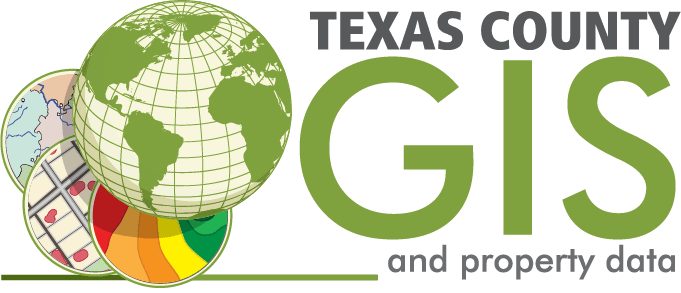Renewable Energy GIS
Learn how our Renewable Energy GIS can power your company.
Renewable Energy gis

Renewable Energy GIS Services
Healthcare GIS Data
Solar GIS
GIS is a crucial tool in the solar energy industry, spanning from assessing energy potential to conducting commercial analytics. By harnessing the power of GIS, you can gain valuable insights into opportunities, drive informed site selection, and facilitate the design, visualization, and public engagement processes. Embrace GIS to breathe life into your projects and effectively engage with diverse stakeholders.
Wind GIS
GIS empowers you to incorporate a multitude of factors into your wind energy projects. These include wind energy potential, land use, population density, road proximity, slope, biodiversity, regulatory requirements, and distance to transmission lines. By uniting all the essential information, you can effectively design, construct, and operate wind energy facilities with utmost efficiency and safety.
Geothermal GIS
GIS plays a crucial role in the efforts of energy leaders to locate and develop renewable geothermal resources. Key GIS-supported workflows involve identifying optimal sites for implementing geothermal technologies, evaluating potential markets, and assessing the necessary infrastructure. By enabling efficient exploration workflows, supporting site selection processes, promoting public engagement, and facilitating the creation of visualizations, GIS contributes to the optimization of operational efficiency in this field.
Hydrogen GIS
GIS modeling plays a crucial role in analyzing hydrogen infrastructure, demand, market, and resource dynamics. From assessing the potential of renewable energy sources for hydrogen production to evaluating infrastructure and consumer needs, GIS allows for the exploration of multiple scenarios to develop optimal business strategies. With its ability to consider various factors and variables, GIS empowers decision-makers to make informed choices in the realm of hydrogen.


Renewable Energy GIS Frequently Asked Questions
GIS enables renewable energy entities to automatically organize information by location and store all network data in a single platform – one that doesn’t require boxes of documents or burning DVDs.
GIS stands for geographic information system (GIS), which is a technological tool that’s used for comprehending geography and making intelligent real-time decisions. Renewable energy companies rely on GIS technology to better meet the needs of customers. GIS provides utilities with an efficient, integrated platform for data management, planning and analysis, workforce automation, and situational awareness.
Our Renewable Energy GIS software tracks a wide range of utility and electric GIS data points, that includes Ownership, Parcel Boundaries, Lot Lines, Abstracts, Subdivisions, School Districts, Streets, Blocks/Sections, and City Limits.
